https://ensigame.com/articles/gaming/53272You can heal your friends, give them strength, and even deal damage in battles if you choose the cleric class in Baldur's Gate 3. The cleric uses divine powers to create your group stronger, as they can bring out the best in other characters during fights. The cleric class guide is meant to show how cool it is to play as them.
Cleric Class Overview
Clerics learn usual spells that become available at certain levels. But only a few can be set up for use from the spellbook menu. Domain spells are always ready. This race has different levels of spell slots that refresh after resting. They can also use cantrips (mini-spell) anytime.
 Image credit: lifeforgame.ru
Image credit: lifeforgame.ru
This class is influenced by race and sub-race. It's best to play as a Human or Wood Half-Elf. You can easily use:
- simple weapon;
- short swords;
- spears;
- pikes;
- halberds;
- glaives.
For protection, this race can wear armors (from light to heavy) and shields.
The Cleric Playstyle
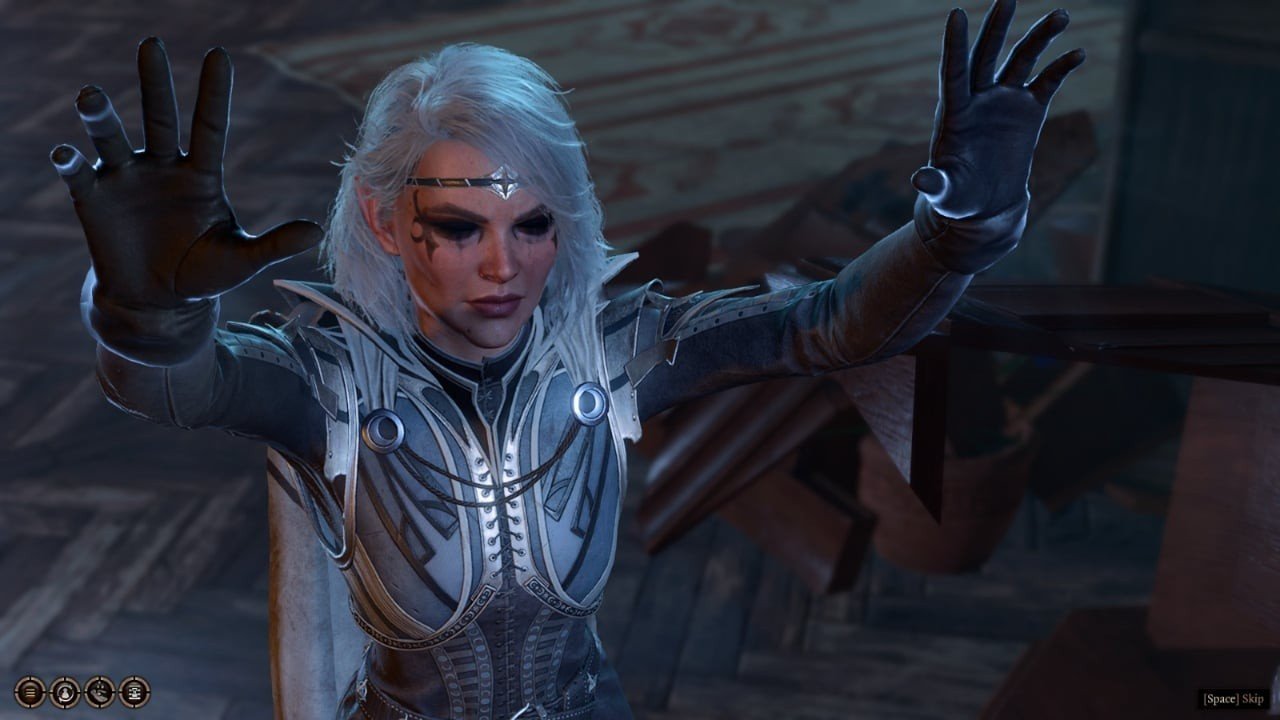 Image image: YouTube
Image image: YouTube
The Baldur Gate cleric is focused on accessible support magic. They can heal and boost characters in the team. They're not as vulnerable as, for example, a Sorcerer because they can wear armor and shields without affecting spellcasting. They can deal damage or healing, apply powerful debuffs causing damage, and cast direct damage spell. Choosing a subclass domain gives them special advantages.
Cleric Class Features
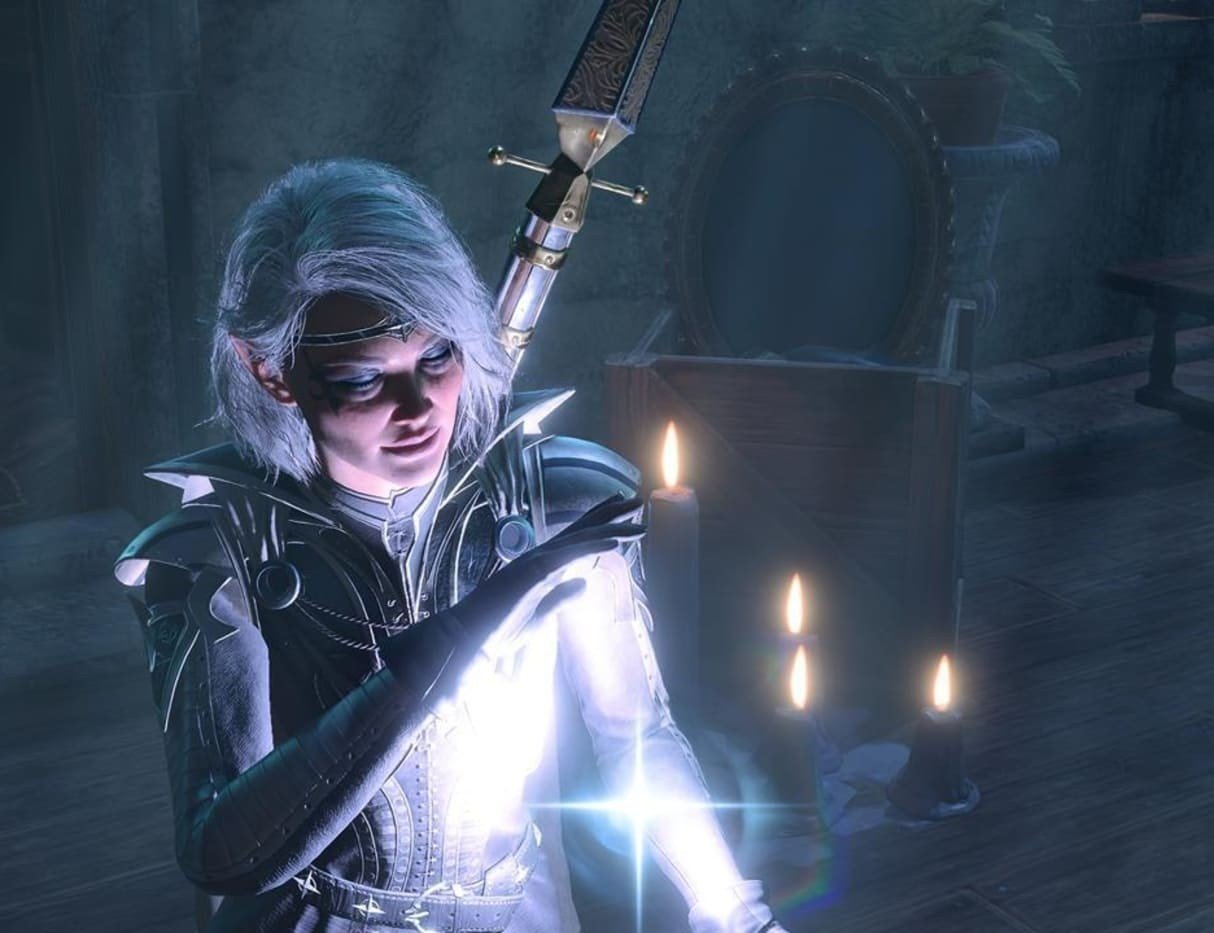 Image credit: YouTube
Image credit: YouTube
Now, let's look at each feature of the Cleric class.
The first feature — Key Abilities: Wis and Cha.
Wisdom is the primary ability for clerics to use divine spells. Charisma is for dealing damage to monsters and undead. Both have several skills.
Wisdom and Charisma bonuses are needed for saving throws.
The second feature — Gear Proficiency: Light Armor, Medium Armor, Simple Weapon, Shields.
The vulnerability of the Baldur Gate Cleric class significantly decreases when they wear armor. Several support spells are cast from a distance. If the character is focused on supporting the team, they will need to engage in close combat to fulfill their divine purpose.
The third feature — Skill Proficiency.
When creating a Baldur Gate Cleric, you can choose 2 specializations for this class. It can be history, insight, medicine, persuasion, or religion. Medicine and persuasion are essential in a supportive role for the character and utilize innate bonuses. Everything else is situational but can still offer advantages in the narrative.
The fourth feature — Cleric Spellcasting.
Clerics can cast divine magic, preparing cantrips and spells much like a Wizard or Sorcerer does. They gain new spells by picking them from a list as they level up.
 Image credit: beebom.com
Image credit: beebom.com
The fifth feature — Divine Domain.
The choice of Domain is the Subclass choice for a Baldur Gate Cleric and is made at character creation. When you choose a Domain, certain spells become available to you and are automatically added to your known spell list. It also unlocks effects for the Channel Divinity power. The choice of Domain unveils some capabilities to change the character's playstyle, focusing on the Domain.
The sixth feature — Channel Divinity.
This feature is not related to spells. Channeling Divinity allows a Baldur Gate Cleric to use energy from their chosen deity to infuse themselves with a magical effect. The first is Turn Undead, which frightens and destroys the undead. The second is directly chosen by this race.
The seventh feature — Divine Intervention.
At higher levels, this character can call upon their god for assistance. This is a context-specific action but can be invoked as a ritual, asking a god for a powerful and long-lasting boon.
Cleric Class Progression
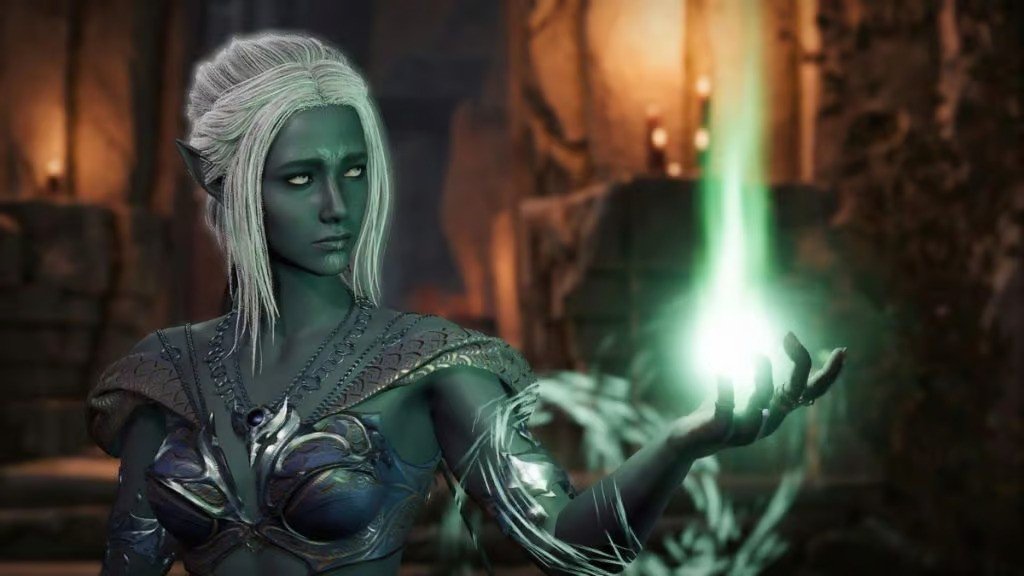 Image credit: Reddit
Image credit: Reddit
As the Cleric class levels up, you'll unlock more stuff. This Baldur's Gate cleric class guide will show you what you get based on your subclass choice.
Level 1
At level 1, a Cleric gets these spells:
• 2 Level 1 spell slots;
• Domain Spell.
Depending on your Divine Domain, you'll get:
• Light: Warding Flare;
• Trickster: Blessing of the Trickster;
• Nature: Acolyte of Nature.
Level 2
Moving to level 2. Here's what Baldur Gate Cleric gets:
• +1 Level 1 Spell Slot;
• Channel Divinity: Turn Undead (creation undead creatures run away);
• Channel Divinity: Domain Effect (an effect based on your chosen domain):
- Life: Keeps you alive;
- Light: Radiance of the Dawn;
- Trickery: Causes some sort of duality;
- Nature: Charms animals and plants;
- Knowledge: Knowledge of the Ages;
- Tempest: Destructive Wrath;
- War: A controlled strike.
Level 3
At level 3, here's what the race gets:
• 2 Level 2 spell slots.
Level 4
Reaching level 4, the Cleric will have:
• +1 Cantrips known.
Now, you'll pick a feat from the available list. This can boost something or get rid of a penalty. Here are some good choices for the Baldur Gate Cleric:
• Mobility to move faster (you don't provoke new attacks after melee);
• Magic Initiate: Cleric;
• Shield Master: +2 to Dex Saving throws with a shield;
• A mastery that lets you choose 3 skills;
• Tough: +2 HP per level.
Level 5
At level 5, Baldur Gate Clerics get:
• Destroy Undead: With an upgraded Turn Undead, if the undead fail a save, you can destroy them.
Level 6
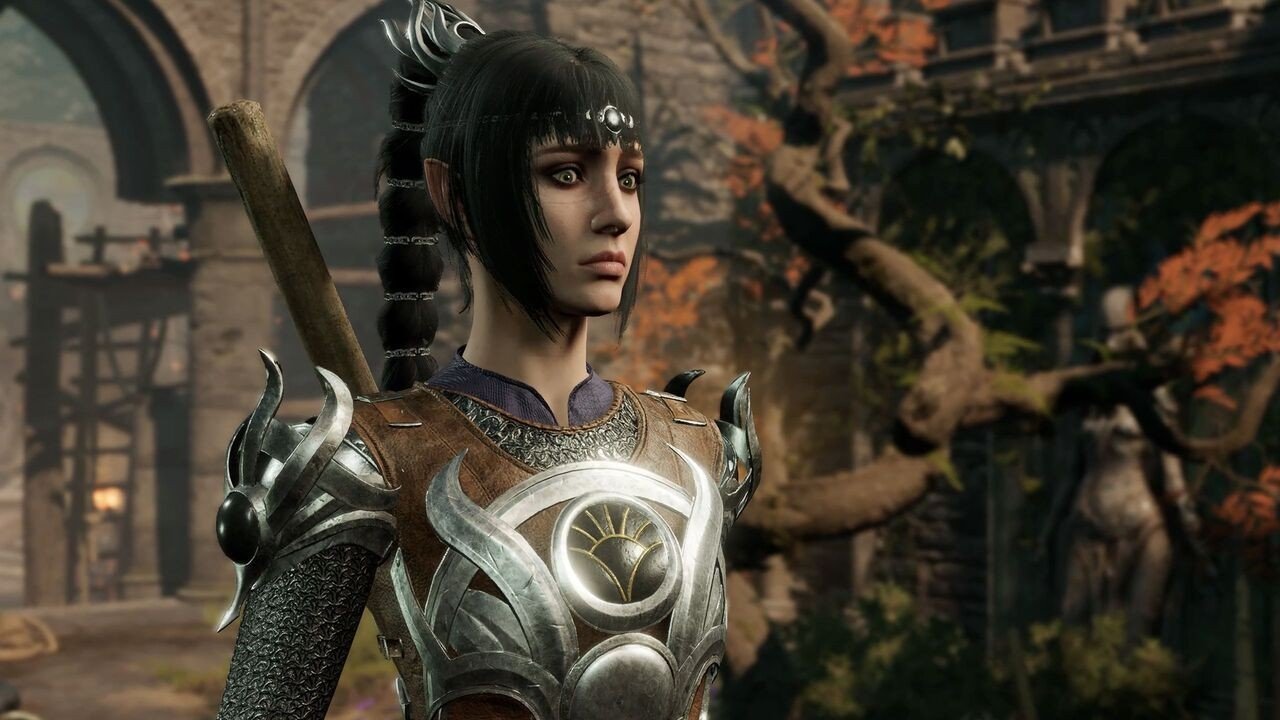 Image credit: Steam
Image credit: Steam
We've made it to the halfway point for the Baldur Gate cleric class spells. Let's see what a level 6 character gets.
• Channel Divinity: +1 Channel Divinity charge.
Depending on your Domain, you'll get:
• Light: Upgraded Flare;
• Trickery: Channel Divinity: Cloak of Shadows;
• Nature: The elements calm down;
• Knowledge: Channel Divinity: Ability to read others' thoughts;
• Tempest: Thunderous Strike;
• War: Channel Divinity: War God’s Blessing.
Level 7
For level 7, Cleric gets:
Level 8
Moving on to level 8, here's what's useful for this Cleric class guide:
• Pick another feat from the list or improve ability scores.
• Also, you can destroy undead with Improved Destroy Undead.
For certain domains like Life, Trickery, Nature, Tempest, War: You get Divine Strike, which adds extra damage on weapon attacks.
For domains like Light, Knowledge: You get Potent Spellcasting, which adds your Wisdom modifier to cantrip damage.
Level 9
At level 9, Clerics get:
• +1 Level 4 spell slot.
Level 10
• +1 cantrip known.
Level 11
We're almost at the end. Stopping at level 11 to see what's available:
• Upgraded Destroy Undead.
Level 12
Finally, at the end of the character progression. Here, you'll have to choose another feat or improve an ability score.
BG3 Cleric Subclasses
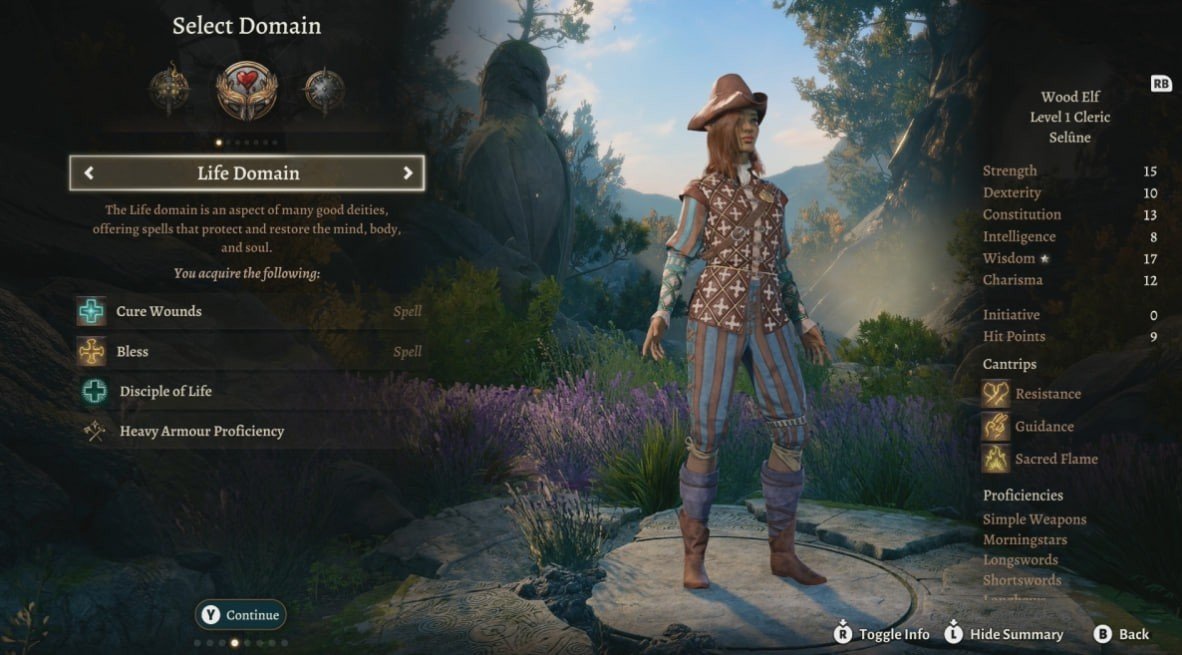 Image credit: superparmeni.eu
Image credit: superparmeni.eu
Next, we will be looking at all the Cleric Subclasses.
Life
The first Cleric Subclass is called Life. Its main feature is the "Defender of Life". What does this mean? When you cast a healing spell, your target gets extra health points.
Spell: Cure Wounds, heals for 4-11 HP. Close combat range.
Spell: Blessing, gives a bonus of 1-4 to attack rolls and saving throws.
Other subclass feature include:
• Notable Domain Spells: Bless, Cure Wounds, Aid, Revivify.
• Blessed Healer: Can heal the spellcaster as well.
• Divine Strike: Radiant damage on all attacks with a weapon.
Light
This is the second Cleric subclass. Let's examine the subclass domain features for Light:
• Channel Divinity: Radiance of the Dawn: Darkness disperses when you use an AOE radiant damage ability.
• Potent Spellcasting: Adds a wisdom modifier to the damage.
Light Clerics fight on the side of light. They can produce fire and are capable of killing groups of enemies, making them a favorite subclass for many players.
Knowledge
 Image credit: colab.research.google.com
Image credit: colab.research.google.com
This is the third Cleric subclass. Subclass domain feature includes:
• Channel Divinity: Knowledge of the Ages: Allows you to acquire a needed skill for a specific duration.
• Potent Spellcasting: Adds a wisdom modifier to the damage.
• Notable Domain Spell: Speak with the dead, nondetection, command, identify.
Nature
Let's list the entire domain subclass feature that might make you want to play the Nature Domain:
• Channel Divinity: Charm Animals and Plants: Calms down aggressive animals and plants.
• Dampen Elements: When you take elemental damage, you can grant resistance to it.
• Divine Strike: If using a weapon, it deals additional cold, fire, or lightning damage.
• Notable Domain Spell: Barkskin, spike growth, speak with animals, wind wall.
Tempest
Let's look at the domain subclass feature:
• Gear Proficiency: Heavy Armor, Martial Weapon.
• Channel Divinity: Destructive Wrath: strong lightning or thunder damage.
• Thunderous Strike: pushes back with lightning damage.
• Divine Strike: extra weapon damage.
• Notable Domain Spell: thunderwave, shatter, call lightning, sleet storm.
Trickery
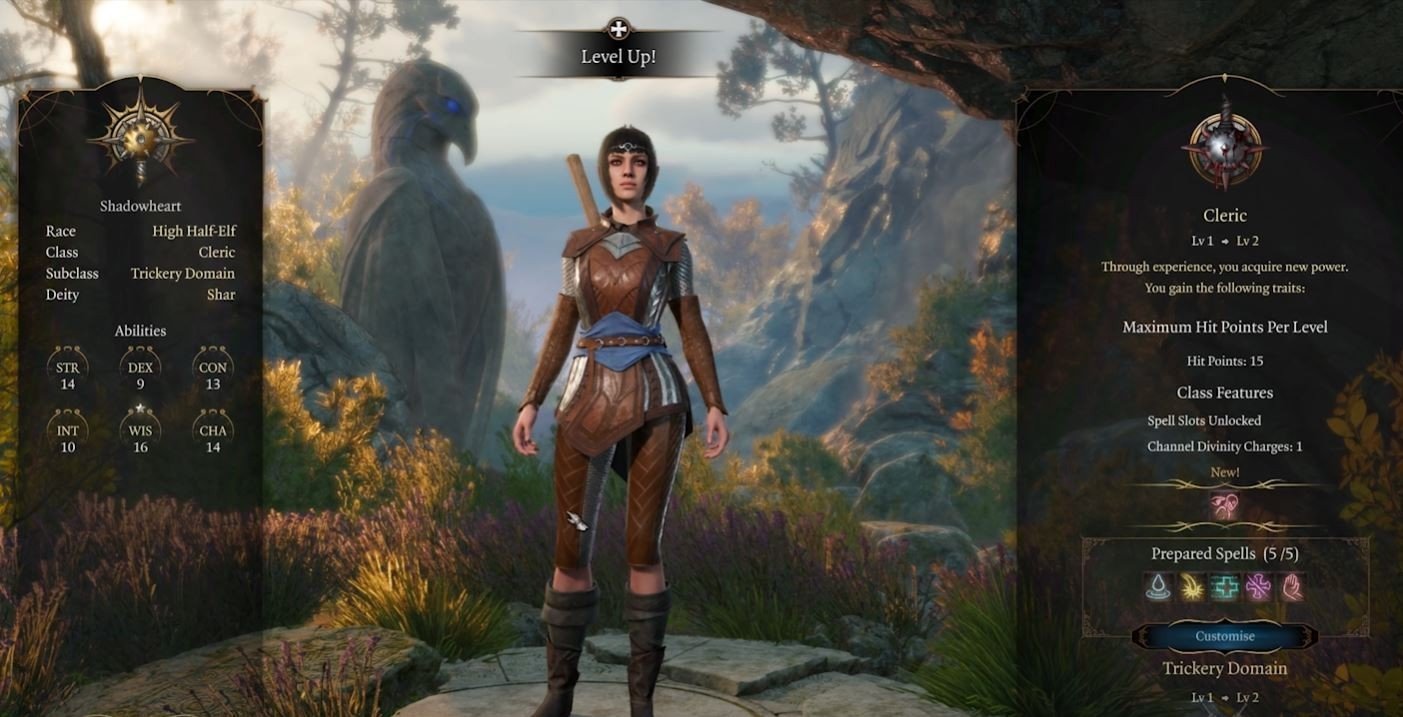 Image credit: YouTube
Image credit: YouTube
Listing the entire domain subclass feature:
• Channel Divinity: Invoke Duplicity: summons an illusion to distract the enemy.
• Channel Divinity: Cloak of Shadows: invisibility.
• Notable Domain Spells: charm person, mirror image, blink, dispel magic.
• Divine Strike: if using a weapon, there might be poison damage.
War
Domain Subclass feature:
• Gear Proficiency: heavy armor, martial weapons.
• Channel Divinity: Guided Strike: provides a bonus to attack rolls.
• Channel Divinity: War God’s Blessing: gives a bonus to the closest ally's attack rolls.
• Divine Strike: extra weapon damage.
• Notable Domain Spells: spiritual weapon, crusader’s mantle, spirit guardians, shield of faith.
We've covered all Cleric domains.
Cleric Class Build Recommendation
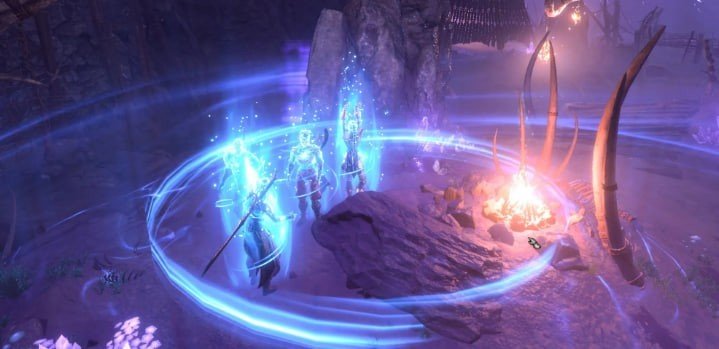 Image credit: flipboard.com
Image credit: flipboard.com
Remember, this is not a build, but a cleric class guide overview, so it won't have the details of a regular build.
Starting with the idea that a Cleric should wear the best armor. If there's proficiency in light armor, they'll be less fragile and vulnerable than wizards. Hence, we suggest not ignoring light armor proficiency. Armor shields will only strengthen the Cleric.
For battles, bludgeoning and piercing weapons are suitable, especially against undead. However, it's good to have a light crossbow, which deals more damage than spells. Plus, they're great for ranged combat.
This Cleric class build recommendation ends here. In summary, it's better to learn proficiency in light armor and keep a crossbow and armor shields close.
Conclusion
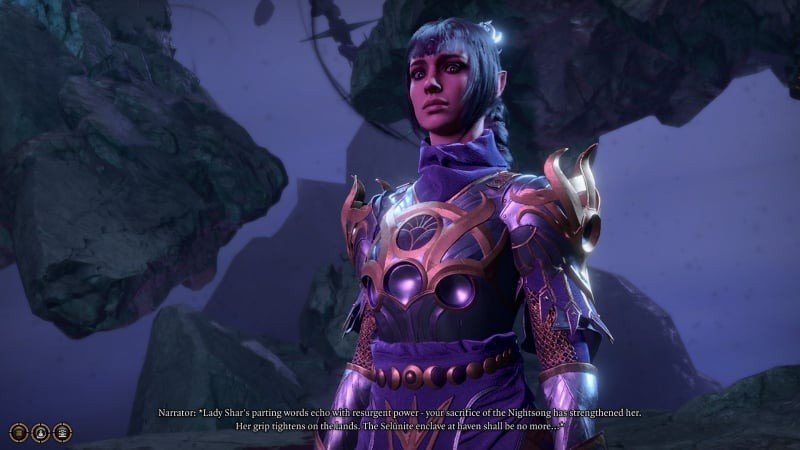 Image credit: flipboard.com
Image credit: flipboard.com
So, this was a Baldur's Gate cleric class guide overview, which informed you about this class, domain spells, cleric subclasses, and subclass features. If you're considering character creation, carefully review this Baldur's Gate cleric class guide overview before creating your character.
Main image: YouTube

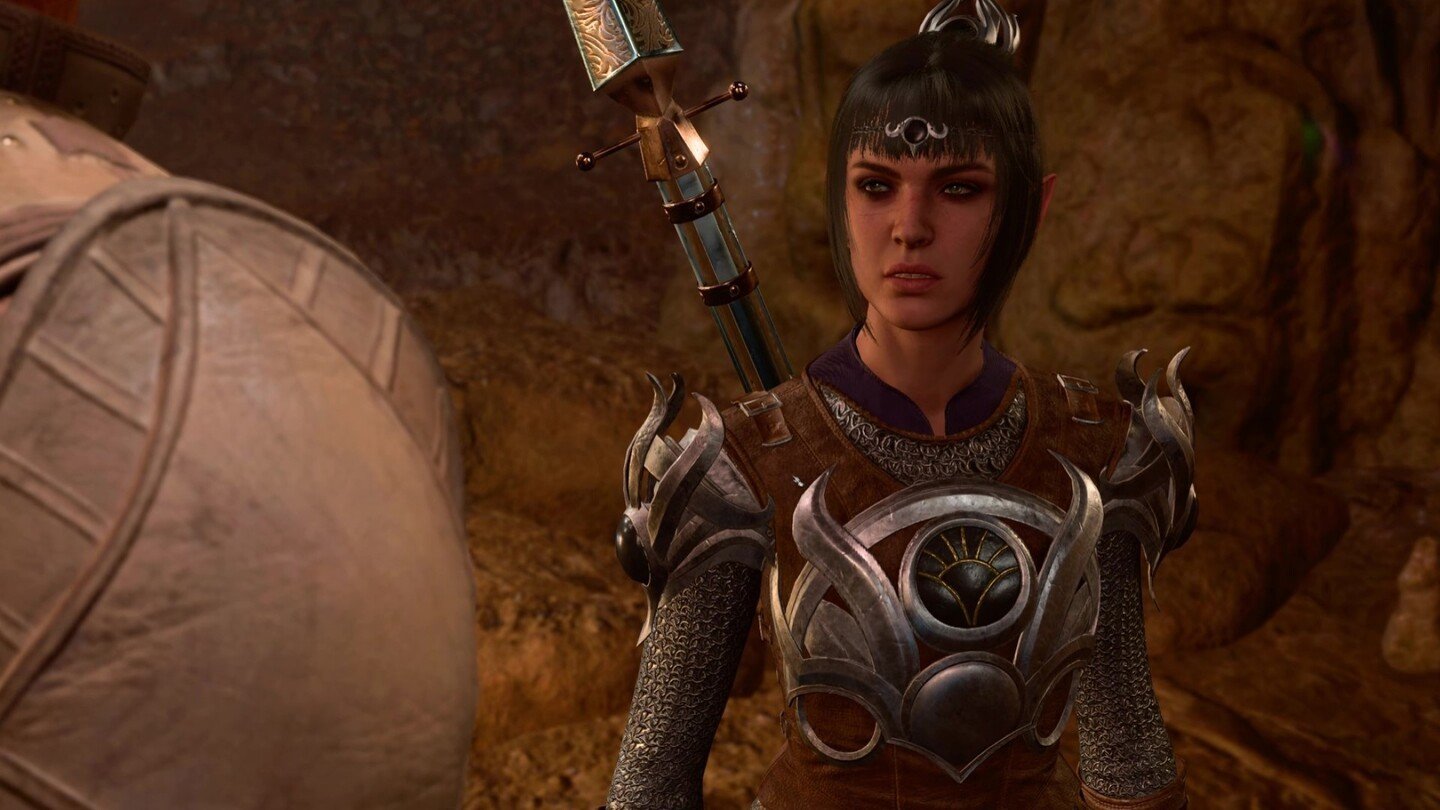
 Irina "Zemlia" Sukhanova
Irina "Zemlia" Sukhanova


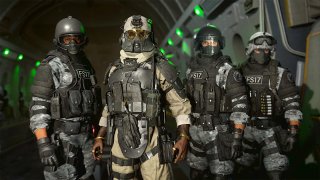






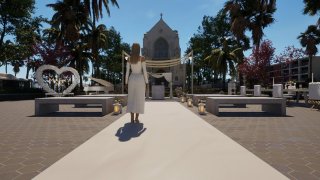

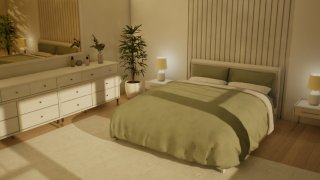
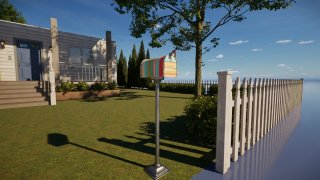





2 comments
Thought I find it a bit flawless, as there is no detailed explanation what to "actually" pick on each level)